Although I’ve just completed my second Japan winter wildlife tour and final winter tour for this season, today we’re going to pick up the trail on the first of the two wildlife tours, as we leave the cranes in the snow behind, and move on to our final day with the Whooper Swans before heading over to Rausu for sea eagles and foxes etc.
Once again, fighting the clock, as usual, I still had 109 photos left in my collection of images that I still want to talk about in this travelogue series. I was hoping to complete this series with one more episode, but having gone through and shortlisted the images that I really want to talk about, I still have 27 images. We’ll just jump into it, and see if I can whittle down my selection to just ten images as we go.
Cygnus Cygnus
On the eighth shooting day of the tour, and the fifth day in Hokkaido, we went back to the Kussharo Lake for one last Whooper Swan fly-in shoot before starting our drive over to Rausu and the Notsuke Peninsula. One of the reasons I ensure that we get at least two days in each location is because quite often, the weather can change and present us with different opportunities. On this visit, it was overcast and slightly misty. Conditions that I love to photograph the Whooper Swans in, and you can hopefully see why in this first image for today (below).
I really like it when we get white swans on a white background, often with just subtle differences in tone between the two. The thing that I really like about this photo is that the swan on the left of the frame is looking straight at me as he flew in. It has to feel a bit strange to them when they fly to their beach and see a line of photographers awaiting their arrival. They’re used to seeing people of course, but this is a reminder that they are not totally oblivious to our presence.
My settings for this image were 1/500 of a second shutter speed at f/11, ISO 1000 and a focal length of 400mm with my 100-400mm lens. This is, of course, the Mark II version of this lens. Again this year we had a participant that had rented the original version without knowing and was somewhat disappointed. If you are buying this lens, and you find what you think is a good deal, check that it is not the original lens which is very long in the tooth now, and frankly with today’s camera resolution really punishing older lenses, I wouldn’t use one even if it was free, let alone cheap.
Although I love it when the white swans are on a white background, I also found this next photograph somewhat appealing, with two juvenile Whooper Swans still with their wings spread as they landed in the fresh snow on the frozen Kussharo Lake (below).
I’ve entitled this “Grey But Not Ugly (Ducklings)”. Sometimes the grey juvenile swans might look a bit like ugly ducklings, as in the fairy tale, but in this photo, I think it helps to accentuate them against the white background. I toyed with the idea of removing the three lines of thawed snow at the top of the frame, but decided against it, as I think they add a little depth to the background. My settings for this were f/11 at ISO 1000 still, but I had increased my shutter speed now to 1/640 as the light gradually came up. My focal length was 286 mm.
I have another swan shot that I wanted to show you, but I’ll skip that in a bid to still try and finish this travelogue series today. I did post it on Instagram while I was traveling, so check out my Instagram account if you don’t already follow me over there.
Apocalypse Now
After the swans, we drove just a short way and called at Sulphur Mountain or Iouzan, for a quick session with the surreal fumaroles spewing out their sulphuric steam and painting themselves yellow in the process, as you can see in this image (below).
This place always seems a little bit apocalyptic to me. This is one of the few times when I decided to keep the ridge of the mountains behind the fumaroles in the shot, partly because the wind was blowing the steam away at a more acute angle than usual, but also because I felt it helped to show the surroundings a little better, providing a little more information about the place. My settings were a 1/250 of a second shutter speed at f/14, with ISO 320 at 70mm.
We then continued our journey towards Rausu, where we’d photograph the sea eagles, but on the way, took a diversion to the Notsuke Peninsula in the hope of seeing some Northern Red Fox, like the one we see in this next image (below).
This isn’t my best fox photo, but I kind of like the way he’s got the tip of his tongue sticking out as he scratching his face, looking quite content up on his snow bed, actually on the back of a trailer that is semi-abandoned on the peninsula. My settings for this were f/11 with a 1/800 of a second shutter speed at ISO 1600, and a focal length of 560 mm. I was using my 200-400mm lens with the built-in 1.4X Extender engaged.
Orca Encounter!
The following morning we went out for our first sea eagle shoot of the season from the fishing port of Rausu. Not long after we’d started shooting the captain of the boat told me that there had been some Orca spotted further down the coast, and asked if I’d like to go. It took me about 0.2 seconds to decide that we must do just that, so we sped along the coast of the Shiretoko Peninsula. Although I’d love to have spent more time and got better photos, we still had a very special encounter and I still got some shots like this one (below).
We believe there were seven Orca in the pod we encountered. I have been traveling to Rausu and going out photographing the sea eagles in January and February every year since 2004, and I’ve never seen these amazing whales this early in the season. Wanting to get some really killer shots, pardon the pun, I’ve been trying to make time to visit in June or July for the past few years, but never seem to get time, especially now that I’m doing my Namibia tours at that time. This encounter has ratcheted up the priority of that trip a few rungs, so I might just have to do that this year. My settings for this image were f/9 at 321 mm and a shutter speed of 1/800 of a second with ISO 1250.
Sea Eagles
OK, so we’re five images in, and I usually do ten images per episode. Let’s take a look at some sea eagle shots, and see if we can finish this today, and move on to the second wildlife trip next week. Rather than trying to show images from all three days that we photograph the eagle, let’s just look at some of my favorites from this trip, in chronological order.
First, here’s a White-Tailed Eagle catching one of the fish that we throw out from the boat (below). Quite often it’s a flatfish, which you wouldn’t normally expect an eagle to scoop from the surface of the sea, but still, these can be quite dramatic shots.
Unless these birds open their beaks when they are startled or angry, they have pretty expressionless faces, and in this image, the sea eagle looks very calm and relaxed as he snatches up his breakfast. There was no sea ice on this first trip. It’s getting less common, with us having no ice at all some years now, although we did get some on the second tour, as we’ll see in the coming weeks. My settings for this were a 1/1600 of a second shutter speed at f/11, with ISO 640 and a focal length of 400mm.
This is image not-cropped at all. I love to go in very tight with my 100-400mm lens, and although the bird’s wings sometimes go out of the frame, and I sometimes don’t mind that, it’s great when I can get something like this in a 50-megapixel file without cropping. The detail is just amazing!
This next image of a Steller’s Sea Eagle grabbing his breakfast too is also not cropped (below). That’s the framing that I shot the image at, and again, the 50-megapixel file absolutely blows me away. I love shooting wildlife like this with my Canon 5Ds R, even though it’s a slow frame rate camera, that most wildlife photographers try to avoid.
I have lots of shots with the entire splash in as well, but I just love getting in close and seeing all of this beautiful detail, and you lose some of that as you pull back to include more. My settings for this shot were f/11 for a 1/1600 of a second exposure at ISO 640, and again, zoomed right in to 400mm.
This final eagle shot is cropped down quite a way, to a file just over 22 megapixels, as the bird was quite a way off when he was doing his aerial acrobatics. That’s another great thing about the high resolution we have now though, should we choose to use it. I can crop in quite a way and still have a bigger file than the 7D Mark II or even the 1D X Mark II. There are of course times when a higher frame rate would be useful, but I’m making it work at the slower frame rates, so I couldn’t be happier.
I’m in awe of these magnificent eagles. Just look how he can fly pretty much upside down, yet his head is still pointing straight up, with his eye on his prey. These are absolutely incredible animals. My settings were still f/11 with a shutter speed of 1/1600 at ISO 640, and a focal length of 400mm, although cropped, as I mentioned.
After our three days with the sea eagles, we headed around the base of the Shiretoko Peninsula to spend our final night in Utoro. On the way, we stopped for our traditional ICM or Intentional Camera Movement session, which is always fun and generally provides us with some nice shots, as you can see here (below).
For this kind of shot, I generally set my aperture to around f/14 or f/16, and set my shutter speed to 1/25 of a second, and then adjust my exposure with the ISO. If it’s too bright, I sometimes use a three-stop neutral density filter, as I believe I had to do on this day, as it was bright sunlight. I then start with the camera pointing higher up in the trees, then move it downwards quickly, releasing the shutter just as the snow starts to come into the bottom of the frame. I prefer it when the bottom of the frame is just white, but there were some sticks showing through on this day, leaving those smaller streaks.
We continued on and photographed the Oshin Koshin Falls and the sea ice which was packed wall to wall on this side of the Shiretoko Peninsula. I did one ten minute exposure of the sea ice to see if it was actually moving, and apart from a very thin line near the horizon, it was totally stationary. There wasn’t even any vertical movement from waves under the ice, which was surprising.
We continued on in the town, and took a walk down to the mouth of a river to see what we could do and I was relatively happy with this last photo for today (below) which actually is the last image that we’ll talk about from the first of this year’s two Japan Winter wildlife tours.
Here I believe I used a three-stop ND filter, for a 1.3-second exposure, to smooth over the water in the river a little. I converted this to black and white, but the original was almost completely black and white anyway, with the dark stones in the river and low light. My other settings were f/14 at ISO 100, with a focal length of 35 mm.
Before we finish, as usual, I’ve recorded a message from each member of the group that I’d like to play for you now.
[Please listen to the audio with the player at the top of the post to hear what the participants had to say.]
It’s always lovely to hear what the participants have to say, and this was a great group, so listening brings back some nice memories of our time together. I do hope you’ve enjoyed following along with this travelogue. We’ll continue next week with tour #2, which presented a few different opportunities, and possibly my best red fox shot to date, which we’ll see in a few weeks.
Snow Monkeys & Hokkaido Tour & Workshop 2020
Our 2019 Snow Monkeys & Hokkaido Tours have been sold out for a while now, but we are now taking bookings for 2020, so if you think you might like to join us, please take a look at the tour page at https://mbp.ac/ww2020.
Show Notes
Booking for 2020 is now open here: https://mbp.ac/ww2020
Subscribe in iTunes for Enhanced Podcasts delivered automatically to your computer.
Download this Podcast in MP3 format (Audio Only).
Download this Podcast in Enhanced Podcast M4A format. This requires Apple iTunes or Quicktime to view/listen.

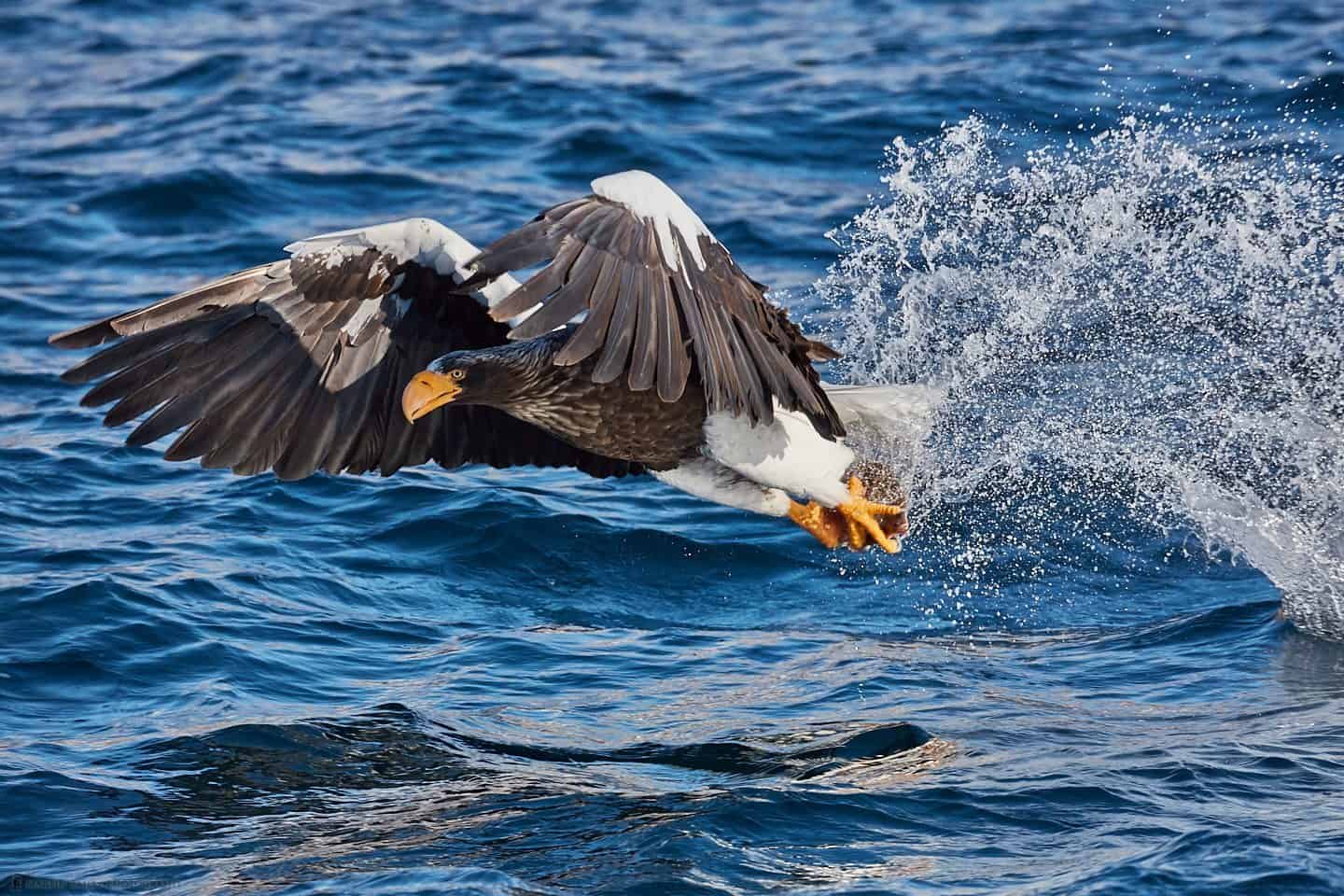

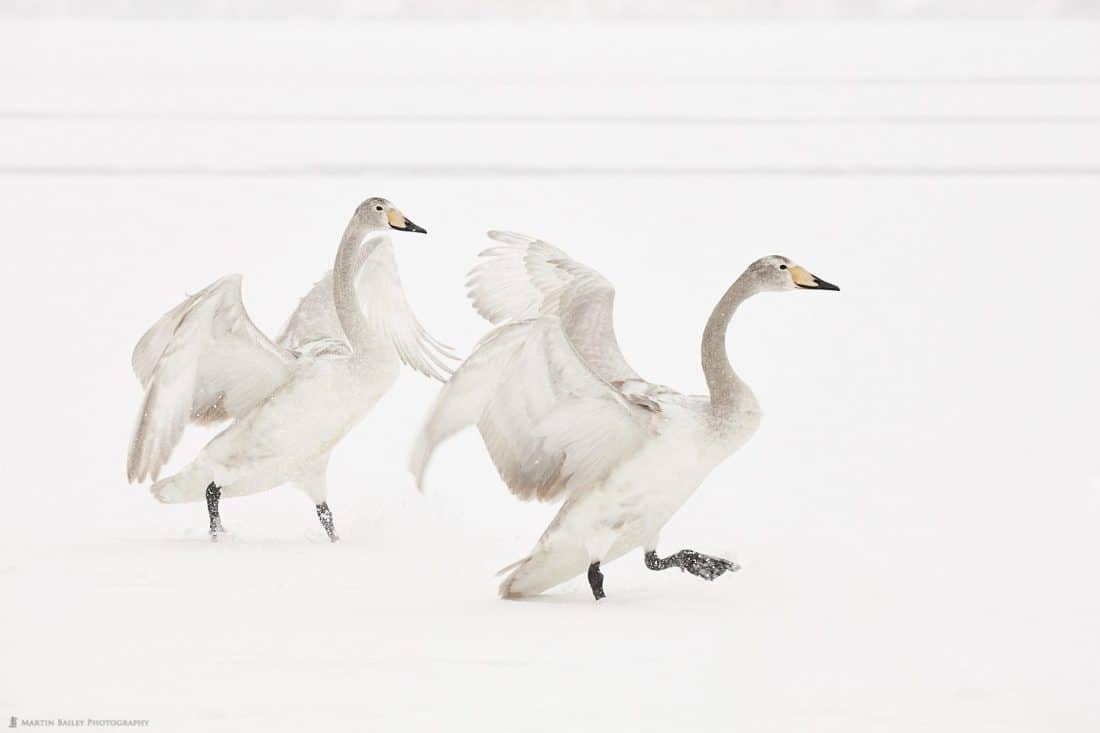
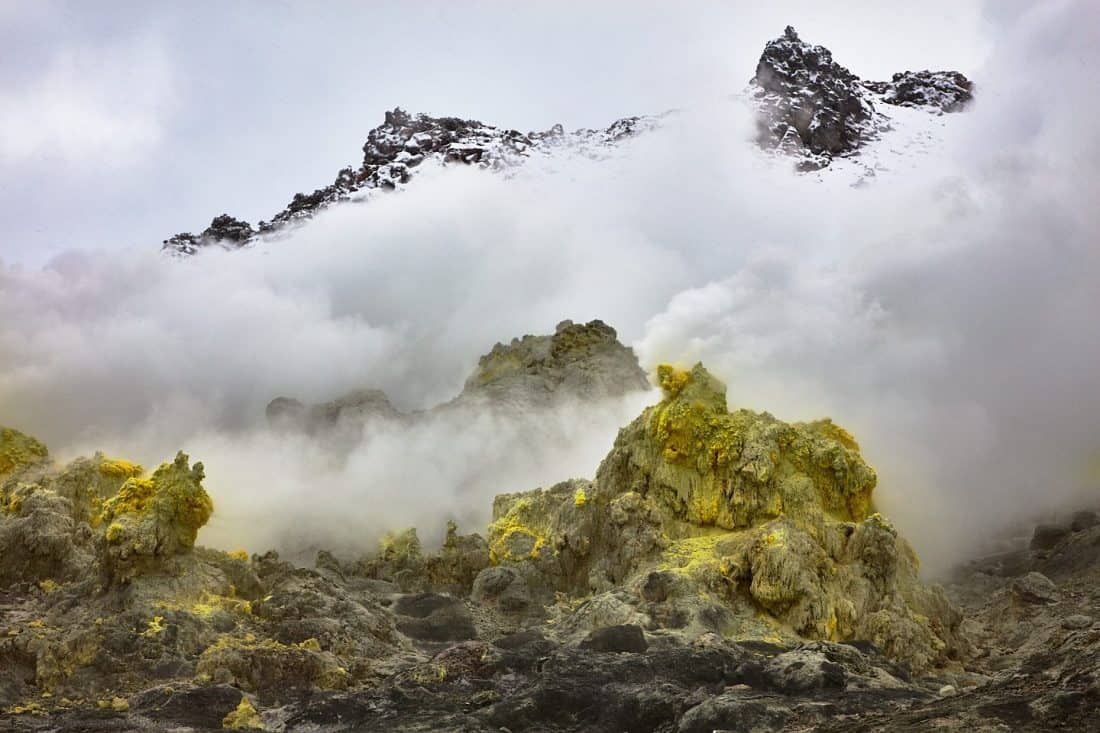
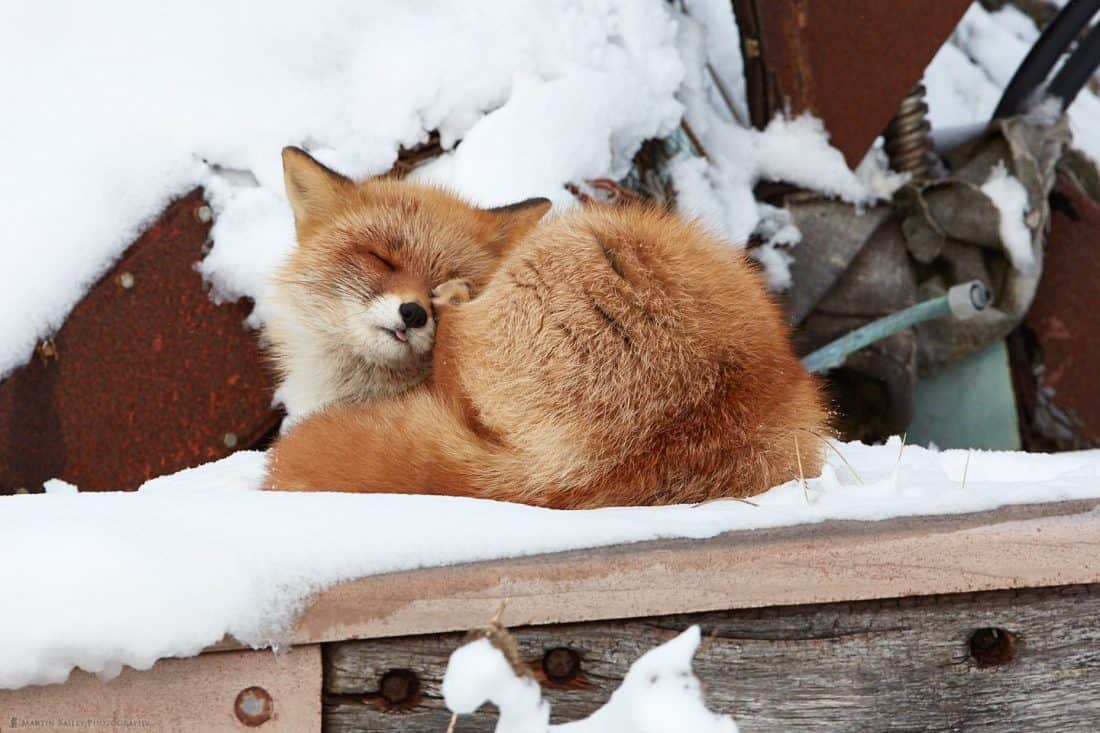
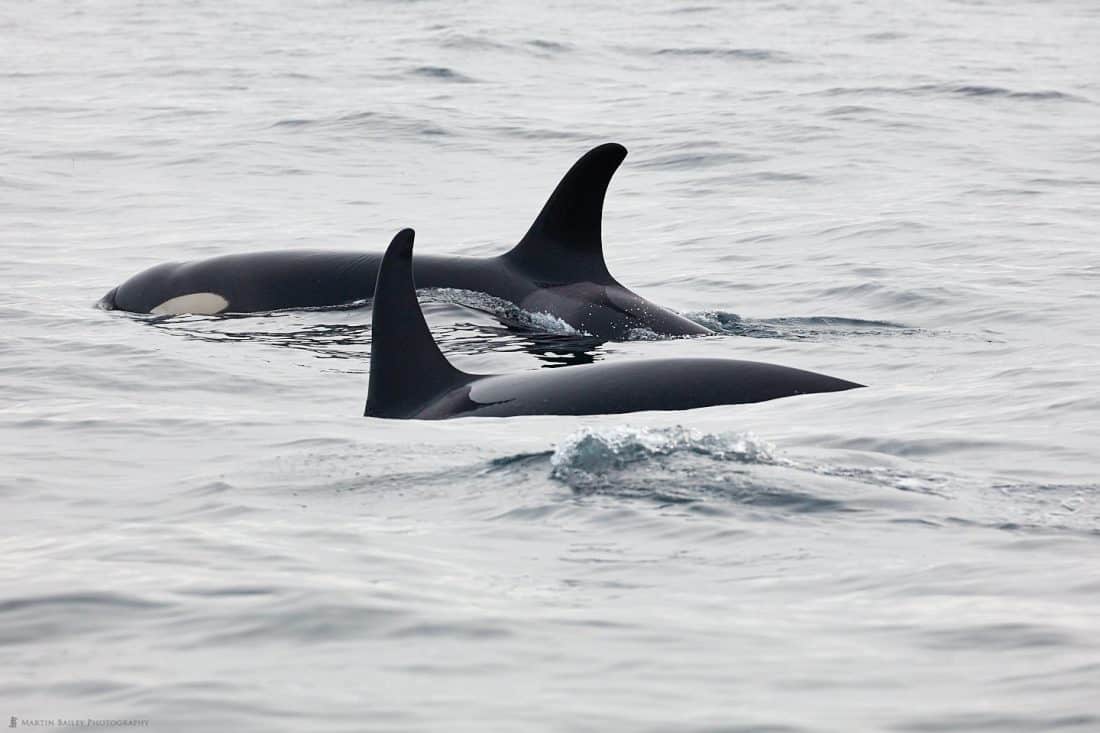
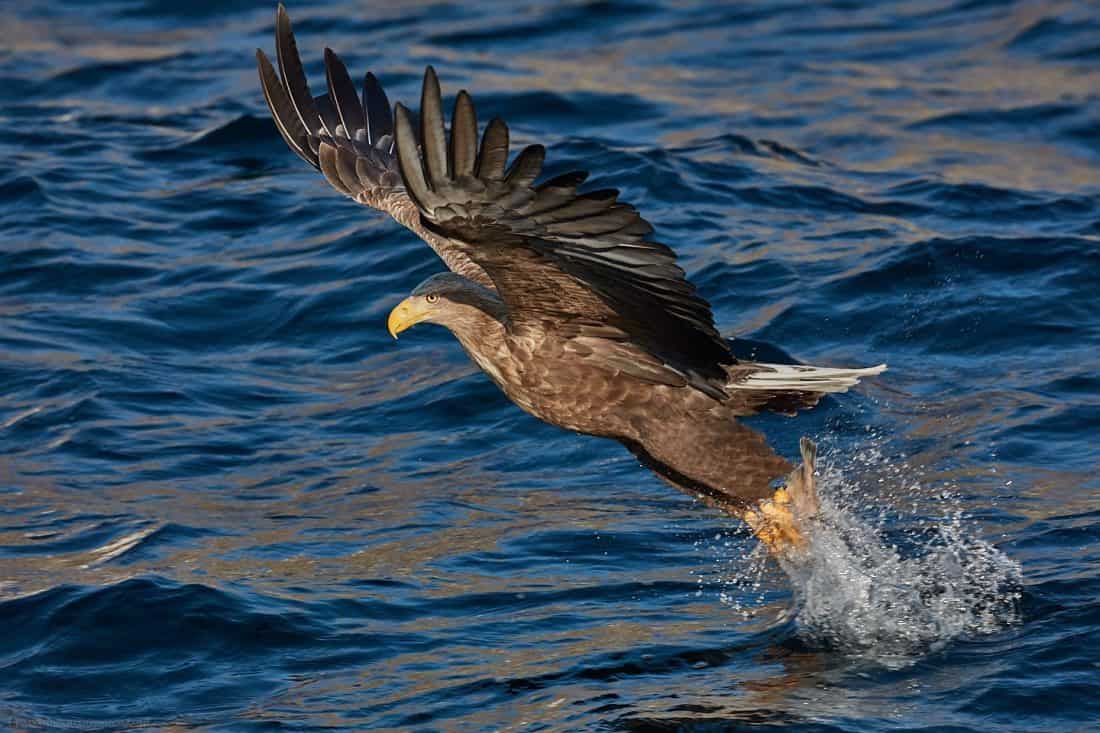
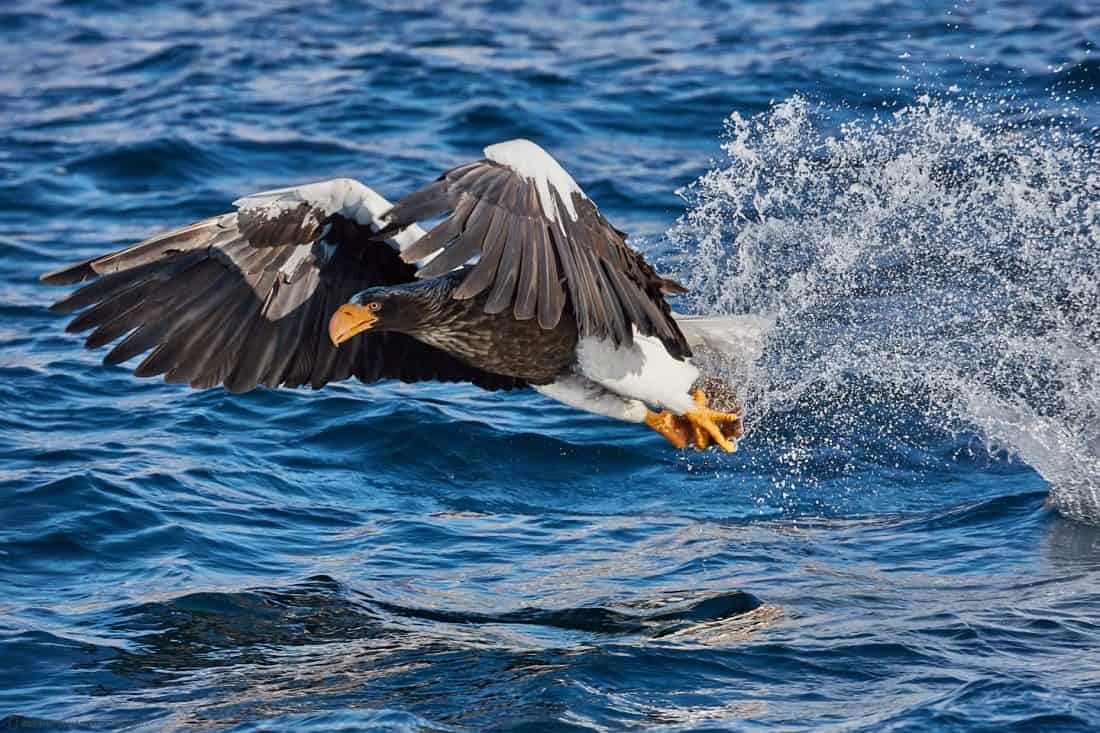
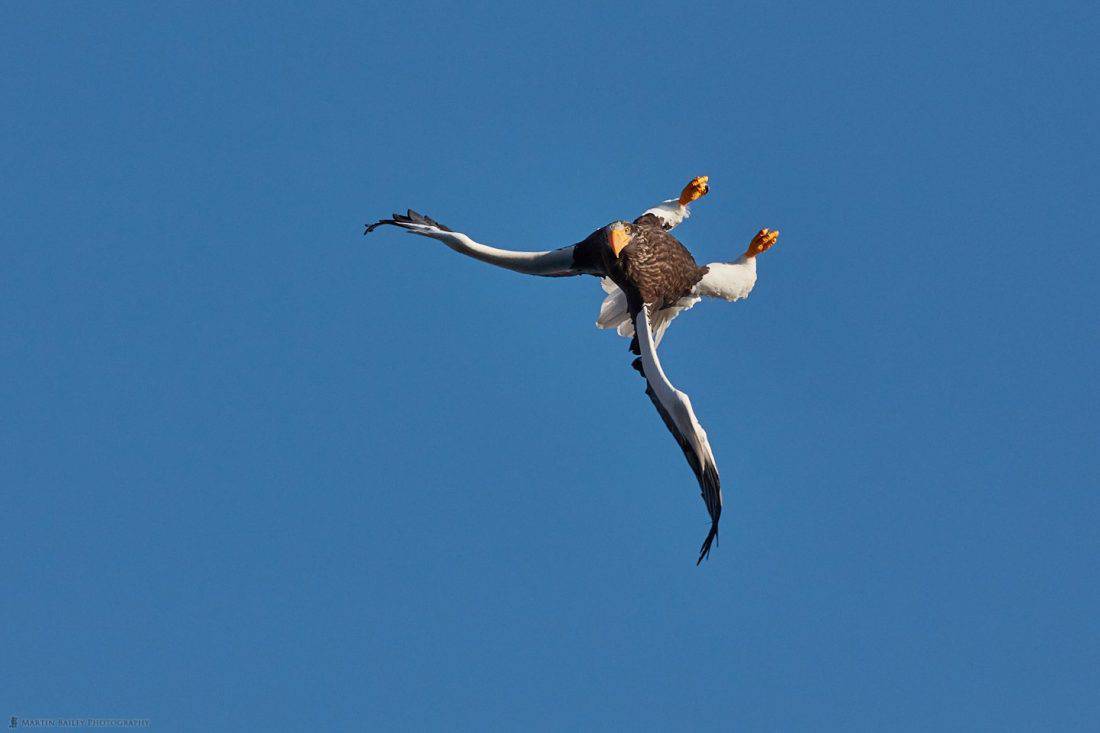
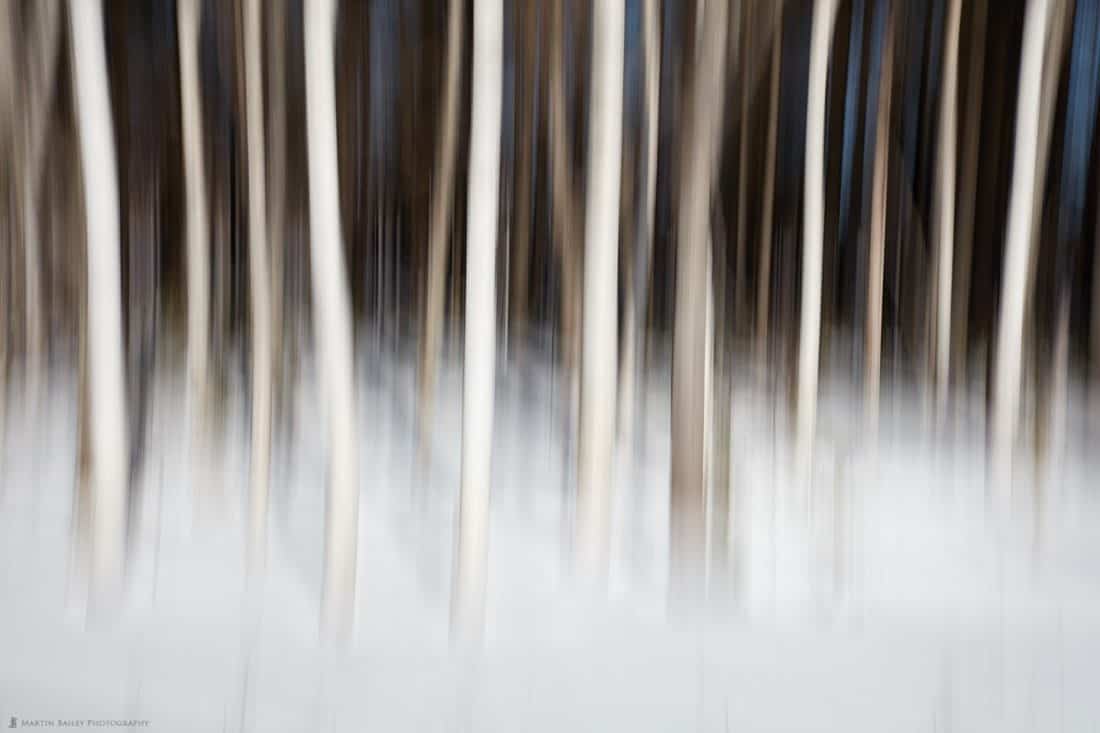
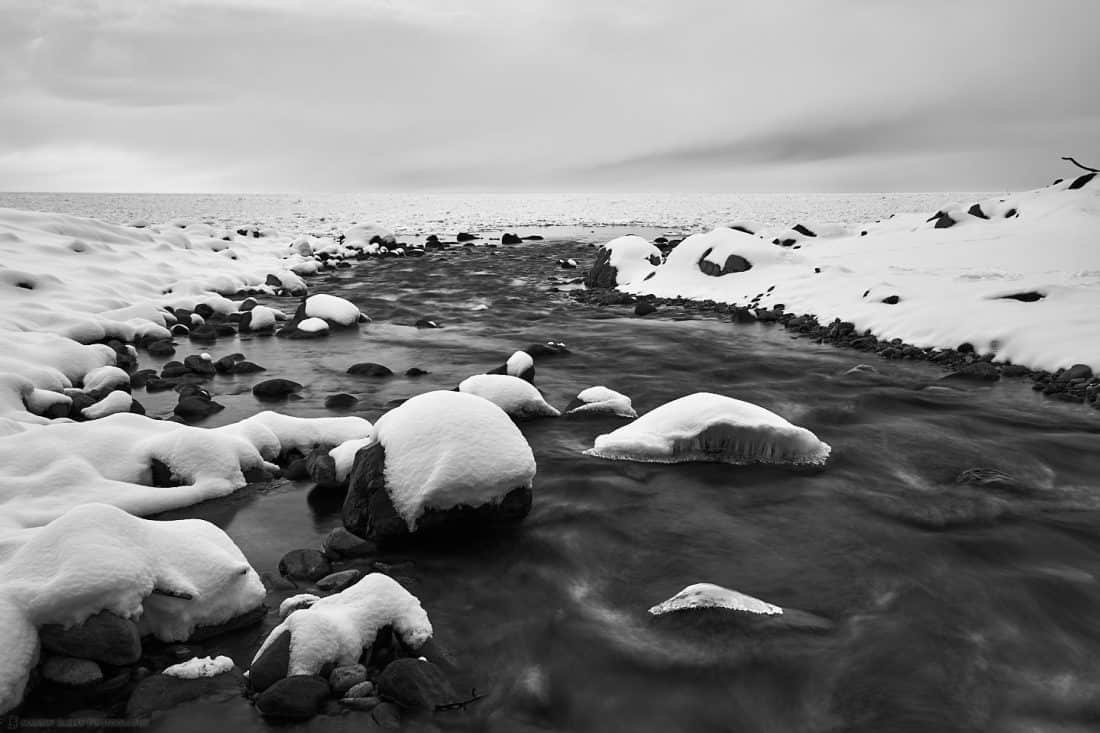
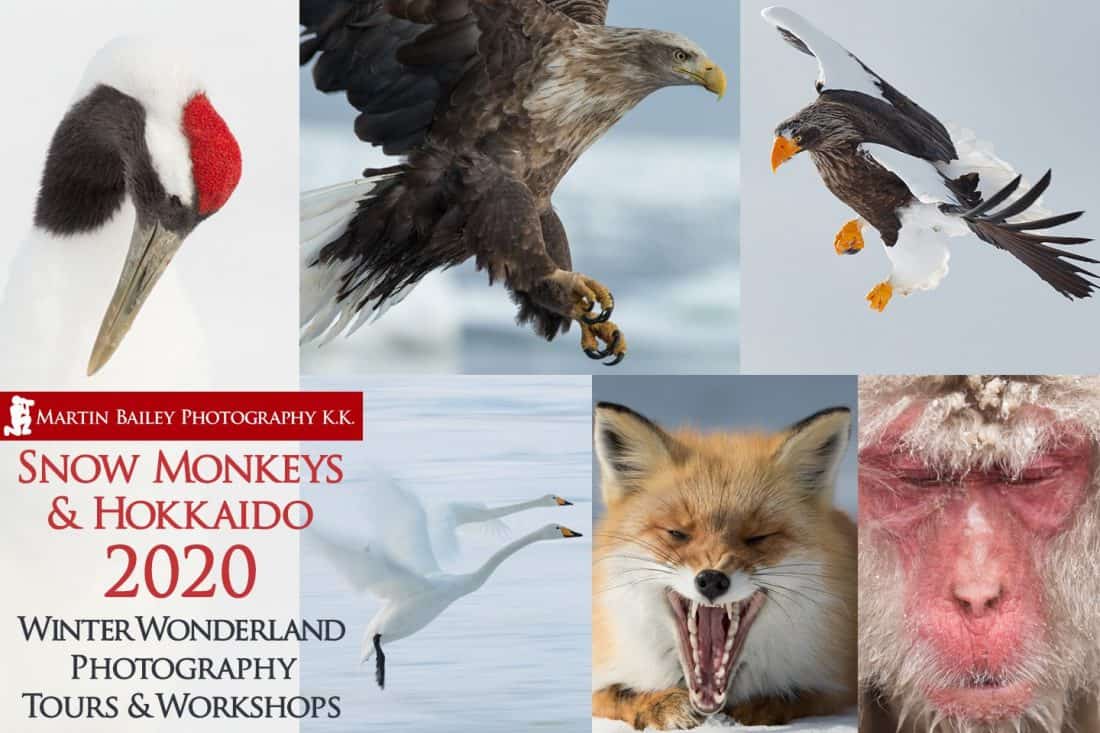

Hi Martin.
Some nice shots there.
A bit off topic but did you ever get around to profiling your camera in Capture One?
It does not seem as easy to do as in Lightroom, at least with the XRite Color Checker.
Last pod caste I remember you were just using C1″s inbuilt profiles.
Thanks.
Thanks Greg.
I started to look into creating my own profiles, using an application called basiCColor input, but I didn’t complete my research yet. I’ll probably do that and post about it in another month or so.
Cheers,
Martin.
Ok, thanks.
Another fine podcast. i love the photos, but would say I am still very happy with my old Canon 100-400 zoom even with new bodies. thanks for the continued high quality of one of the better blogs out there week in and week out.
Hi Neil,
Yes, I thought about that as I recorded. I do recognize that some people are happy with the old version of the 100-400mm.
Thanks for taking the time to comment and for the kind words!
Regards,
Martin.